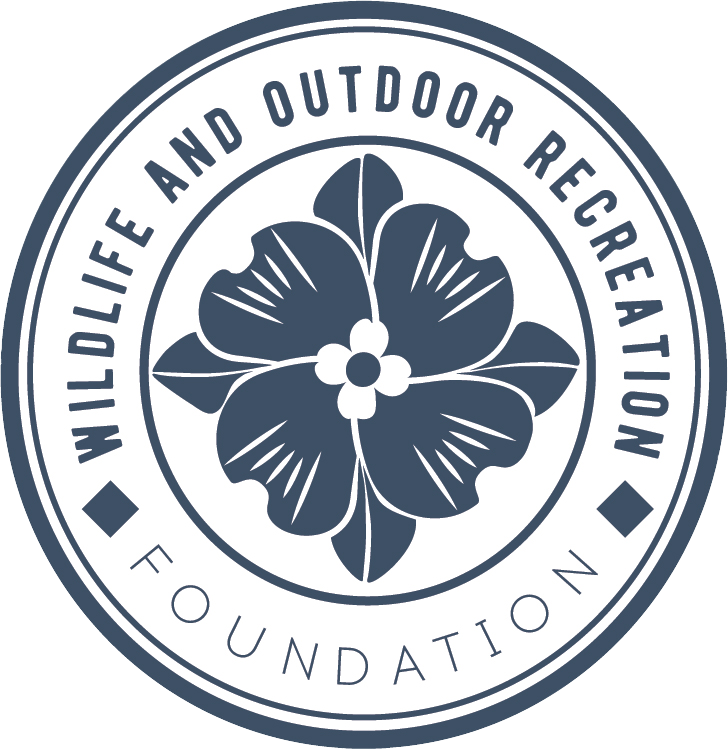
Amphibian & Reptile Conservation
Amphibians and Reptiles are Indicators of Ecosystem Health
Amphibians and reptiles have significant conservation value due to their ecological roles, biodiversity contributions, and the unique challenges they face. These creatures are often considered indicators of ecosystem health. Their sensitivity to environmental changes—such as habitat loss, pollution, and climate change—makes them valuable barometers of the overall well-being of ecosystems. Declines or extinctions of certain species can serve as warning signs of environmental degradation and potential threats to other organisms.
Remarkable Species of North Carolina
Squirrel Tree Frogs
The males of this species are known for their distinctive calls, which are often described as a "quack"
Environmental Sentinels
Amphibians, including Squirrel Treefrogs, are particularly valuable as indicators of environmental health. Their sensitivity to changes in habitat conditions, water quality, and pollution levels makes them excellent monitors of ecosystem health. Declines or disappearances of Squirrel Treefrogs can indicate environmental problems that may affect other species as well.
American Alligators
In North Carolina, they are predominantly found in coastal areas and their associated wetlands.
Behavior and Diet
These reptiles are primarily active during warm months and are known for their thermoregulatory behaviors—they bask in the sun to warm up and regulate their body temperature.
Alligators are opportunistic predators, feeding on a variety of prey including fish, turtles, birds, mammals, and occasionally smaller alligators. They also scavenge on carrion.
Ecosystem Engineers
Alligators play a crucial role in maintaining healthy ecosystems. They create and modify wetland habitats through their burrowing activities, which benefits other species. Alligator ponds serve as important water sources during dry periods and provide shelter for various aquatic organisms. Alligators also help control populations of prey species, contributing to the balance of the ecosystem.
Eastern Newts
The eft stage of the Eastern Newt’s lifecycle is terrestrial. What about the other stages?
A Three-Stage Life Cycle
Eastern newts have a unique life cycle that involves three distinct stages: aquatic larva, terrestrial eft, and aquatic adult. The eft stage is the transitional phase between the larval and adult forms. After hatching from eggs laid in water, the larvae live and develop in ponds, lakes, or other aquatic habitats. They eventually transform into efts—the bright orange terrestrial stage—and leave the water to live on land for several years before returning to water as adults.
The Eft Stage
Efts are carnivorous and feed on a variety of small invertebrates, including insects, spiders, snails, and worms. They have a voracious appetite and actively hunt for prey using their keen sense of smell and sight.
The eft stage allows Eastern newts to colonize diverse terrestrial habitats, contributing to overall biodiversity and ecological balance. Protecting their habitats—both terrestrial and aquatic environments—is crucial for the long-term survival of Eastern newts and their remarkable life cycle.
Juvenile Black Racer
This non-venomous species can reach speeds of up to 6-8 miles per hour.
Speed and Agility
Black Racers are non-venomous snakes known for their agility and impressive speed, reaching up to 6-8 miles per hour. They are active snakes often seen basking in the sun or actively foraging for prey including insects, spiders, small lizards, frogs, and small rodents.
From Juvenile to Adult
Juveniles display distinctive markings that differ from adults, making them fascinating to observe. Appreciating Black Racers, both juvenile and adult, provides an exciting opportunity to learn about the diverse snake species found in North Carolina's ecosystems.
Conservation Needs
Protecting and conserving amphibians and reptiles requires comprehensive efforts including habitat preservation, restoration, and sustainable management practices. Conservation also involves raising awareness, implementing protective legislation and regulations, supporting research and monitoring initiatives, and promoting responsible practices to mitigate threats to these unique creatures and their habitats.
By safeguarding amphibians and reptiles, we contribute to the overall health and resilience of ecosystems and maintain the balance of biodiversity in our natural world.
Support Amphibian & Reptile Conservation
Your donation supports research, habitat protection, and monitoring programs that protect North Carolina's amphibians and reptiles—and the ecosystems we all depend on.




